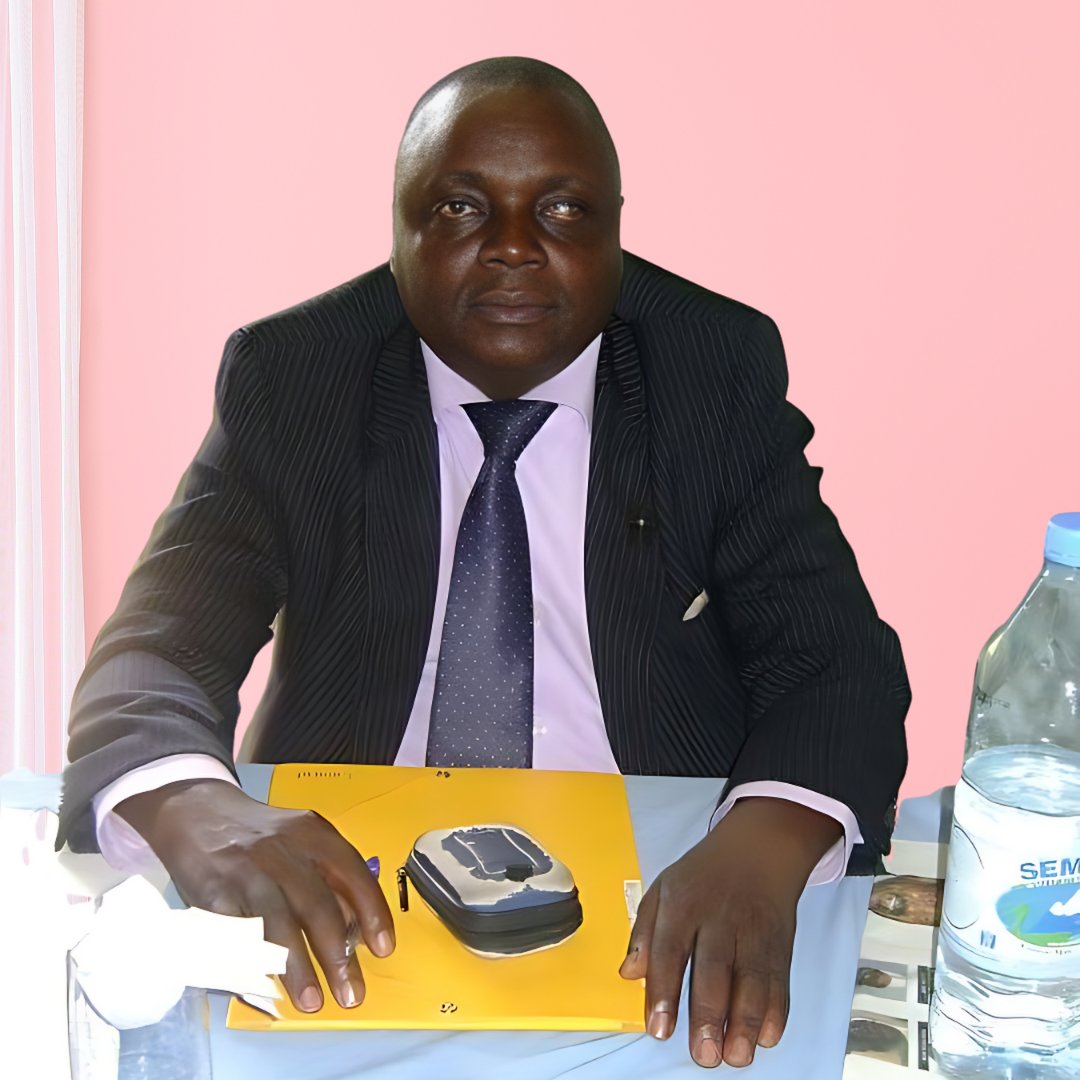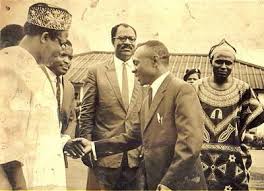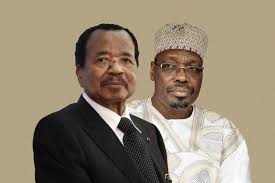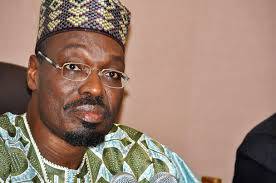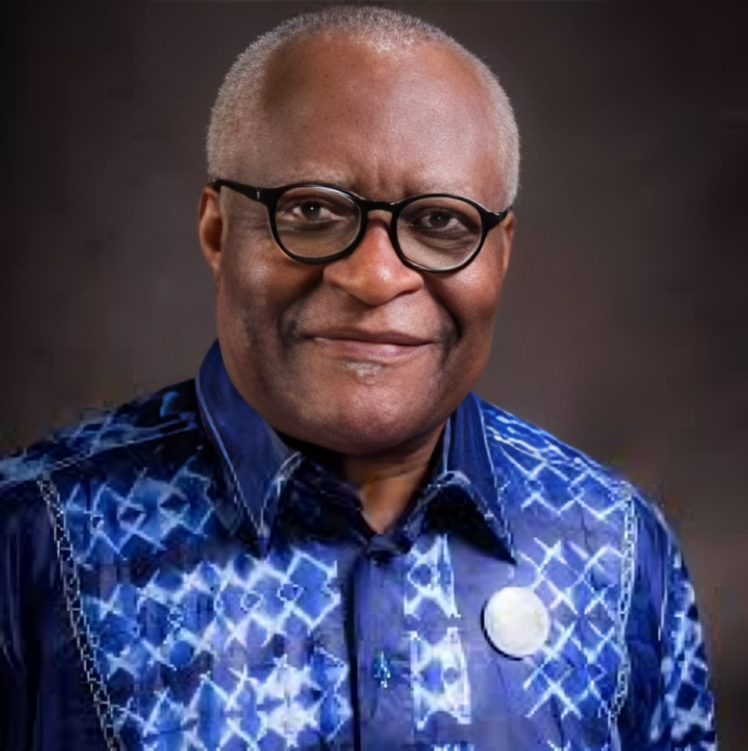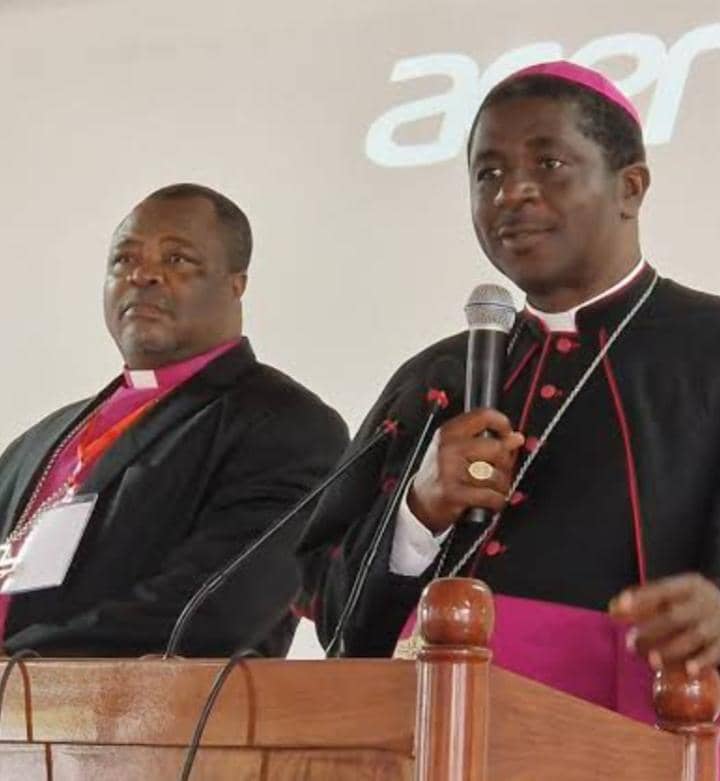Since 1972, the government of Cameroon has dismantled several key government structures and institutions that existed in Southern Cameroons (present-day Northwest and Southwest regions). These institutions were originally established during Southern Cameroons’ self-governance under British administration and the federal system with La République du Cameroun. Below are some notable dismantled structures:
1. Southern Cameroons Legislature
• The Southern Cameroons House of Assembly and the House of Chiefs, which formed the legislative framework, were abolished after the 1972 referendum. This ended regional legislative autonomy.
2. Prime Minister of West Cameroon
• The position of the Prime Minister of West Cameroon, the head of the government of Southern Cameroons (later West Cameroon under the federal structure), was eliminated after the abolition of the federal system.
3. Judiciary of Southern Cameroons
• Southern Cameroons had its own judicial system based on Common Law, distinct from the Civil Law system of East Cameroon. The integration process led to the centralization of the judiciary, and courts in Southern Cameroons were absorbed into a Civil Law-dominated structure.
4. Public Administration and Local Government
• Local government structures specific to Southern Cameroons, such as councils with administrative autonomy, were absorbed into centralized structures under the unitary system. This reduced local control over governance.
5. Education System
• Southern Cameroons operated a separate education system aligned with British standards. Over time, efforts to harmonize the education systems have marginalized the Anglo-Saxon model in favor of a centralized, Francophone-influenced system.
6. Police and Security Forces
• Southern Cameroons previously had its own police force. Following unification, the regional force was dismantled, and security functions were centralized under the national police and gendarmerie.
7. State Development Agencies
• Regional development initiatives and agencies specific to Southern Cameroons, such as cooperative unions, were either dissolved or absorbed into national programs, leading to a loss of focus on the region’s priorities.
8. Transport and Public Works
• Institutions that managed regional road networks, public works, and infrastructure in Southern Cameroons were centralized, leading to unequal allocation of resources and slower development.
These dismantled structures symbolize the erosion of Southern Cameroons’ autonomy, which was initially guaranteed under the 1961 federal arrangement. The centralization of power has fueled resentment and is one of the root causes of the Anglophone crisis.
Would you like further details about any of these structures or the political context surrounding their dismantling?
Yes.
Here is a detailed explanation of the dismantled structures and their significance in the context of Southern Cameroons:
1. Southern Cameroons Legislature
• Original Role:
• The House of Assembly and the House of Chiefs provided legislative authority for Southern Cameroons, ensuring representation for traditional leaders and elected officials in law-making and governance.
• These bodies addressed regional issues and maintained the cultural and political uniqueness of Southern Cameroons within the federal structure.
• Dismantling:
• After the 1972 referendum, the legislature was abolished, and its powers were transferred to a centralized national parliament dominated by Francophone representatives.
• This removal eliminated Southern Cameroons’ ability to legislate and protect its distinct identity.
2. Prime Minister of West Cameroon
• Original Role:
• The Prime Minister of West Cameroon acted as the executive head of the region, akin to a regional president, with powers over local governance, resource allocation, and policy implementation.
• Dismantling:
• The office was abolished in 1972, and the region was administered directly from Yaoundé, the national capital.
• This centralization reduced the region’s political autonomy and silenced its unique voice in national governance.
3. Judiciary of Southern Cameroons
• Original Role:
• Southern Cameroons operated a Common Law system, rooted in English legal traditions, which included practices such as oral advocacy, jury trials, and reliance on judicial precedents.
• Dismantling:
• Courts in Southern Cameroons were integrated into a centralized Civil Law-dominated judiciary.
• Common Law-trained judges and lawyers faced marginalization, and there were reports of cases being handled in French, disadvantaging Anglophone litigants.
4. Public Administration and Local Government
• Original Role:
• Southern Cameroons had local councils and regional governments with administrative autonomy to manage development projects, public services, and local affairs.
• Dismantling:
• After unification, these councils were stripped of meaningful power, with decisions centralized in Yaoundé.
• This change delayed development and alienated communities accustomed to managing their own affairs.
5. Education System
• Original Role:
• Southern Cameroons adhered to the British education system, emphasizing English-language instruction, structured curricula, and external examinations such as the GCE (General Certificate of Education).
• Dismantling:
• Over time, there was an attempt to harmonize education systems, but this often favored the Francophone structure, leading to the sidelining of the Anglo-Saxon system.
• Textbooks, curricula, and policies that did not reflect Anglophone needs sparked widespread protests.
6. Police and Security Forces
• Original Role:
• Southern Cameroons had its own regional police force that operated independently of the national security apparatus.
• Dismantling:
• This force was absorbed into the national police and gendarmerie, dominated by Francophone officers.
• Allegations of excessive force and lack of understanding of local issues have exacerbated tensions.
7. State Development Agencies
• Original Role:
• Agencies such as cooperative unions were created to support regional development, especially in agriculture and trade.
• Dismantling:
• These agencies were centralized or dissolved, leaving the region without mechanisms to address its specific development needs.
• This contributed to economic stagnation and underdevelopment in Southern Cameroons.
8. Transport and Public Works
• Original Role:
• Southern Cameroons had infrastructure projects managed regionally to improve transportation and public works.
• Dismantling:
• Regional planning was replaced by centralized decision-making, leading to poor maintenance and uneven distribution of development resources.
Impact of the Dismantling
• Loss of Autonomy: The dismantling of these structures marked the end of Southern Cameroons’ political, cultural, and administrative autonomy, reducing the region to a marginalized status.
• Grievances: These actions have fueled grievances among the Anglophone population, who feel their distinct identity, language, and governance traditions were disregarded.
• Anglophone Crisis: The dismantling of these structures is one of the root causes of the Anglophone crisis, which has escalated into violent conflict.
If you’d like, I can provide more on the historical background, key events leading to these changes, or the ongoing impact on the region.
Which government structures of Southern Cameroons were dismantled by the Cameroun government?

